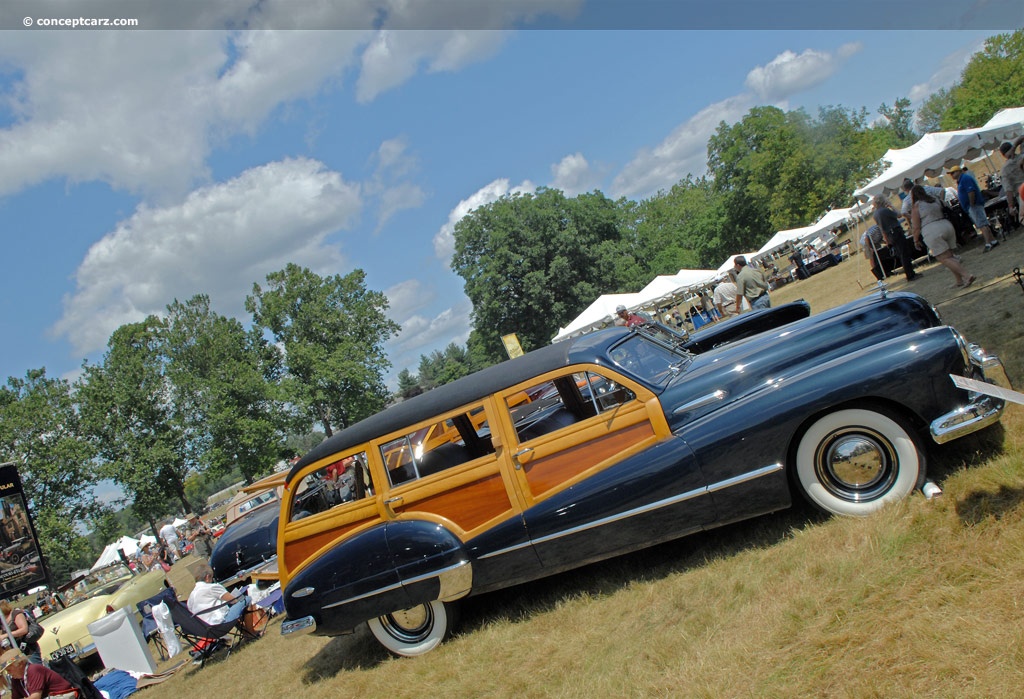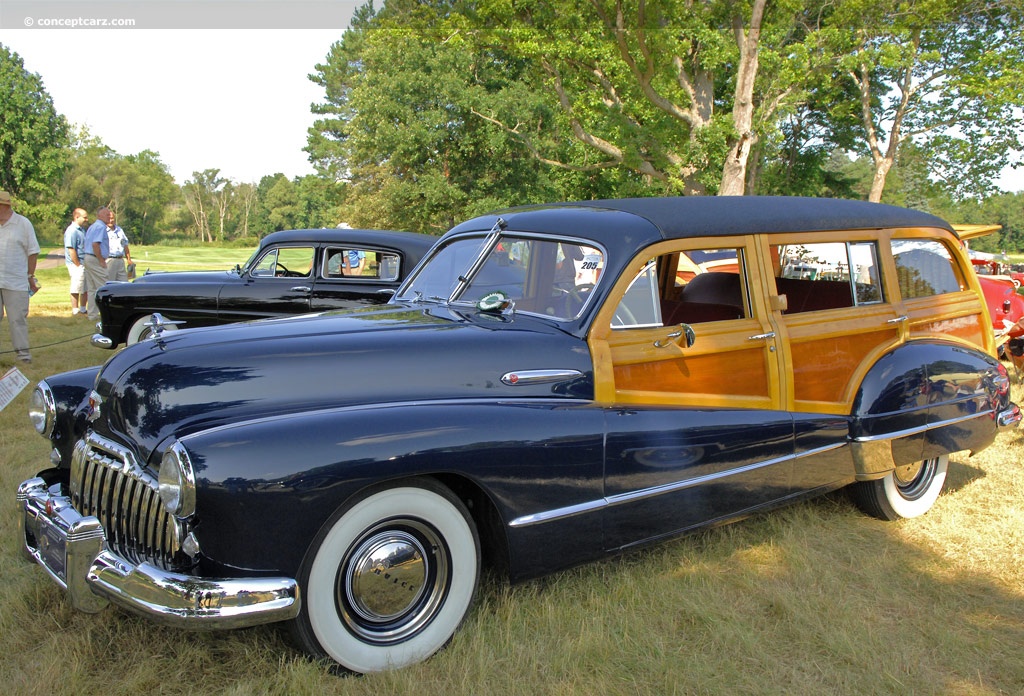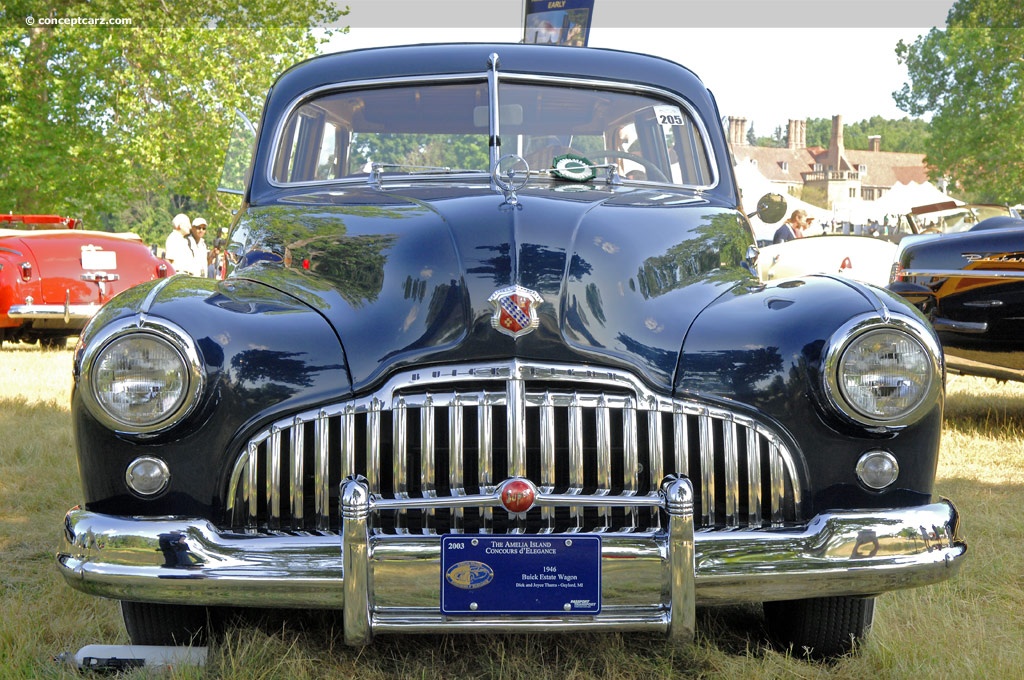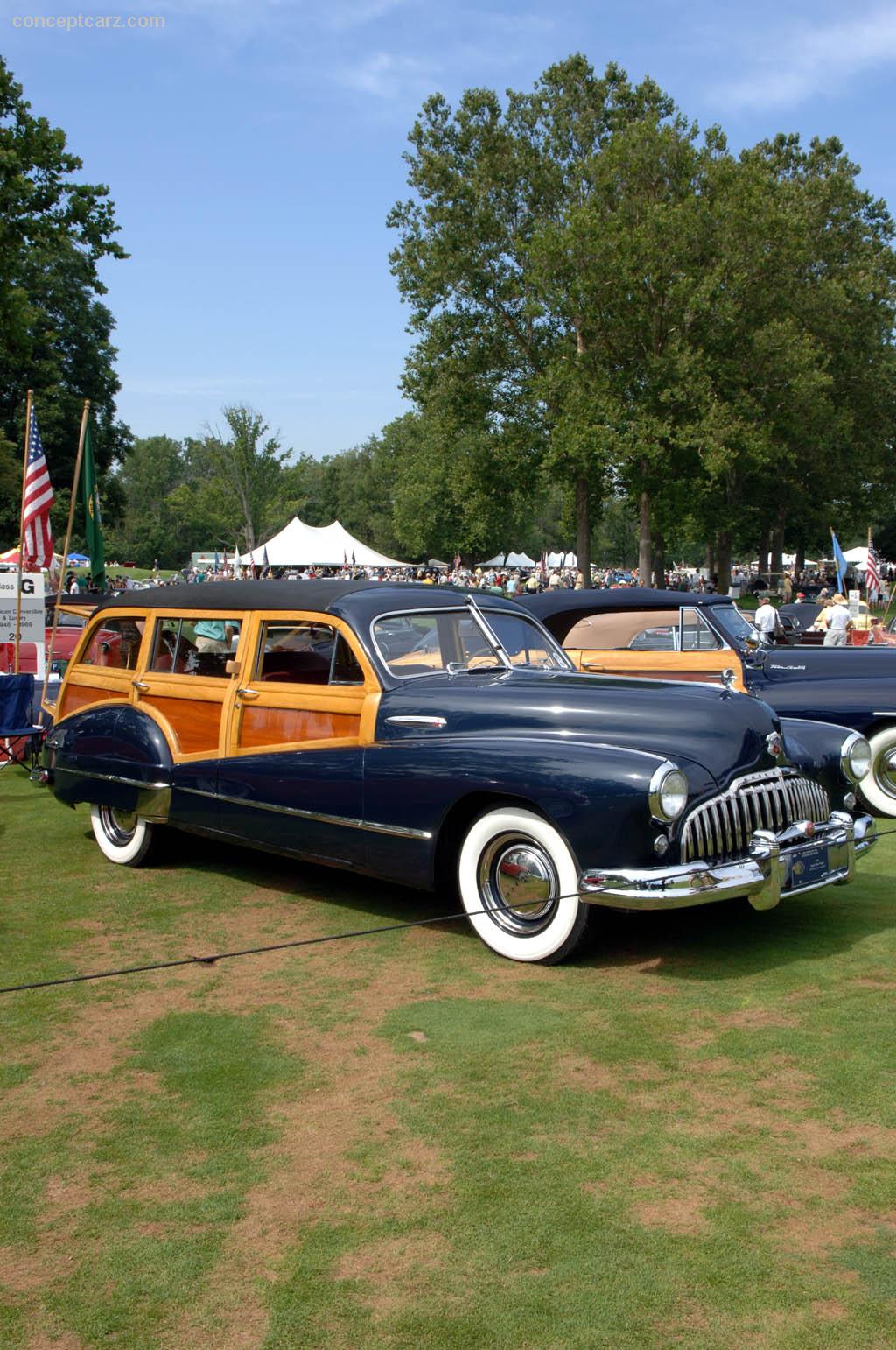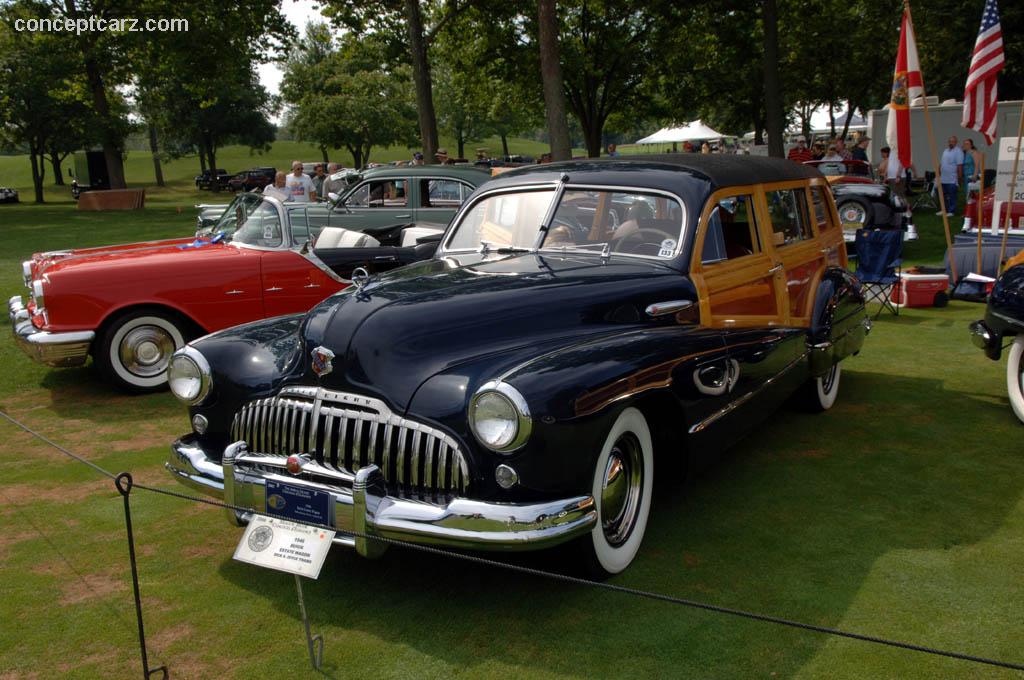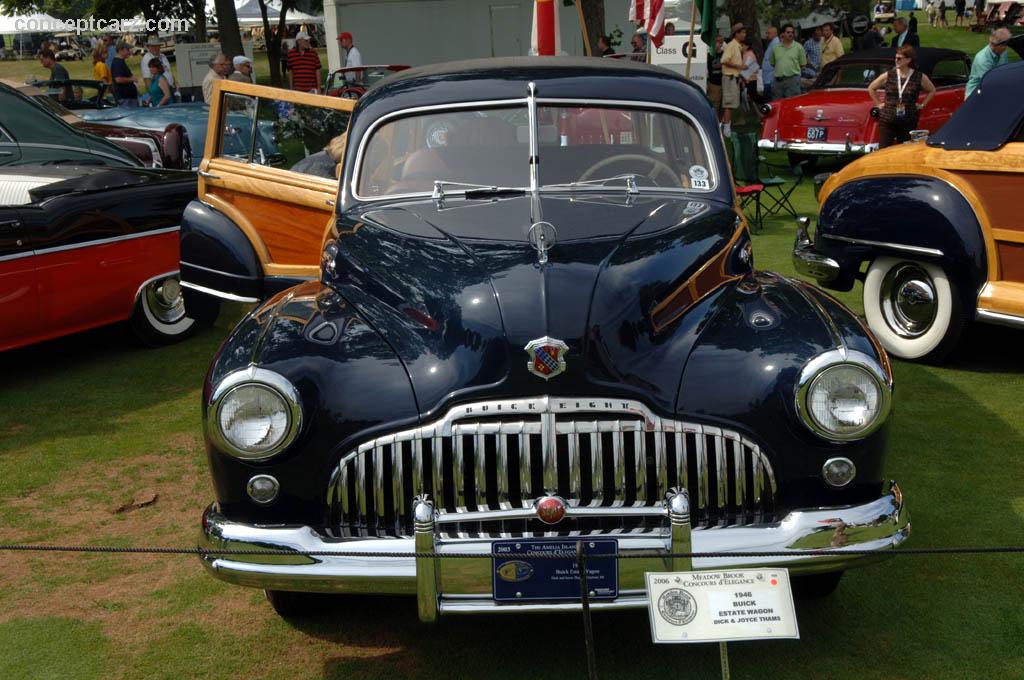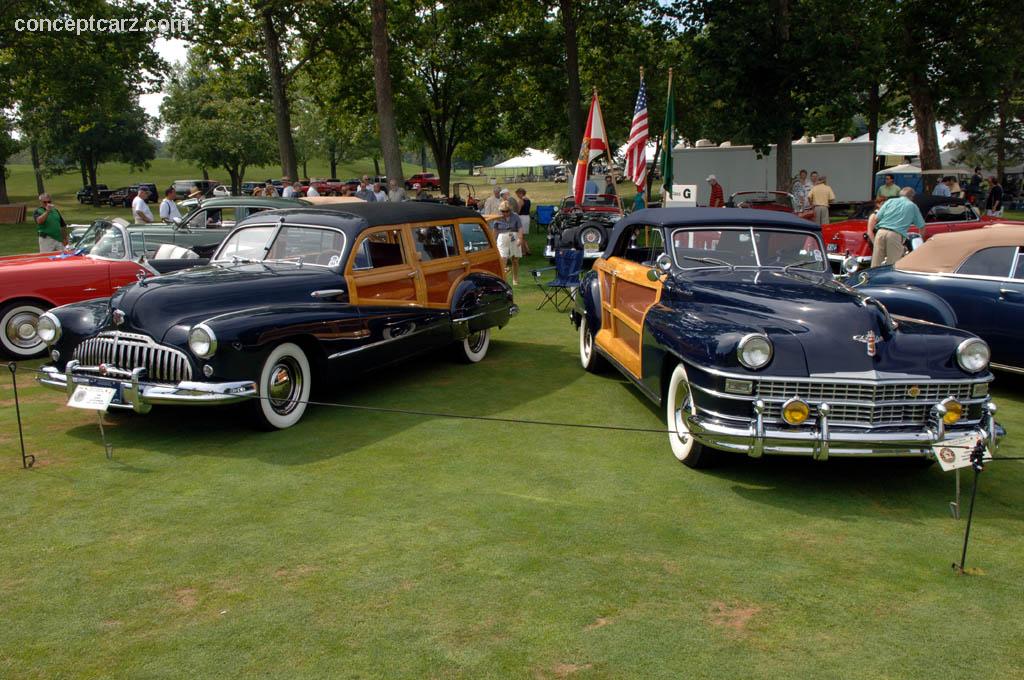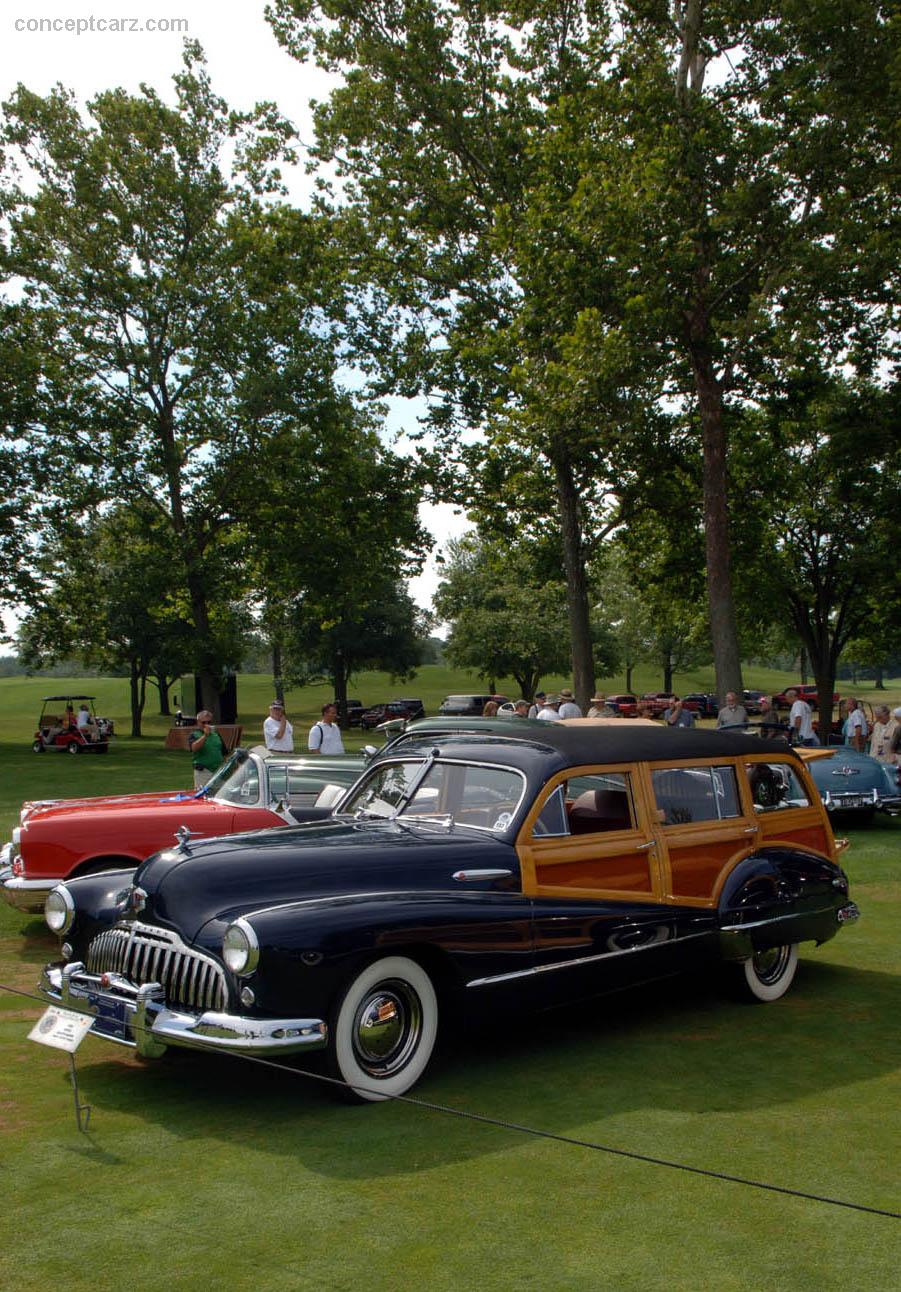Harlow Curtice ascended to the presidency of Buick in 1933, while the entire American automotive industry struggled with the effects of the Great Depression. His leadership marked a decisive turning point for the foundational GM division, and attributed to Buick’s prosperity, and solidified its growing reputation for superior engineering, affordability, styling, and luxurious amenities. An integral part of Buick’s success was its powerful and modern ‘Valve-in-Head’ overhead-valve, eight-cylinder engine.
During the 1930s, the Buick model range continued to expand, culminating in the revised 1940 lineup that featured no less than ten open models. The Series 40 Special was the entry-level model and the Series 90 Limited was on the other end of the spectrum. In between them were the Series 50 Super sharing the 121-inch wheelbase chassis with the Specials, the larger Series 60 Century, and the Roadmaster Series 70 resting on a 126-inch wheelbase and sharing its body shell with the new Super line. The Series 80 Limited rode on a 133-inch wheelbase chassis and the Series 90 Limited had a 140-inch platform previously reserved for the Roadmasters.
The public agreed with the vast 1940 Buick lineup and 310,995 units were produced that year, including the four millionth Buick automobile built. 1940 marked the GM Division’s best production year in its history to that point, with Buick occupying an enviable fourth place in American sales rankings.
Also in 1940, Buick first introduced the Buick Super Estate Wagon, reportedly birthed by the inquiring mind of the wife of Hollywood film director Norman McLeod. Her good friend, Buick chief, Harlow Curtice, asked her why there were no Buicks in her garage. ‘You don’t build a station wagon,’ she reportedly replied. While on the train back to Michigan, Curtice and GM design chief, Harley Earl, sketched out what was to become Buick’s first production station wagon. The term ‘Estate Wagon’ was coined by Buick’s ad man, Arthur Kudner, and Biehl Body Company was brought on board to build the prototype. Following rave reviews, 500 Estate Wagons were commissioned, and body #1 was given to Bunny McLeod in a surprise presentation at the Coconut Grove on Wilshire Boulevard in Hollywood. Production began mid-year in 1940, and a total of 495 examples were built, all resting on a 121-inch wheelbase platform.
Post-War Buick
When Buick resumed civilian automobile production following World War II, its lineup included the entry-level Series 40 Special resting on a 121-inch wheelbase platform, the Series 50 Super that combined the larger Series 70 body with the Series 40 powerplant, and the range-topping Series 70 Roadmaster on a 129-inch wheelbase.
Automobiles were in high demand following WWII, and like most manufacturers, Buick offered pre-War designs with minor styling updates. For the Series 50, the front fender now swept across the doors to the rear fenders for all its body styles, including the sedan, sedanettes, and convertibles. There was a large chromed bumper resting below a prominent and toothy grille, bright rocker moldings, rear wheelhouse skirts, and a single stainless body trim that traversed from the front fenders to the rear edge of the rear wheelhouse shields.
The standard equipment list included ash receiver, turn signals, an automatic choke, two-tone, wood-grained, instrument panels, and a 248 CID eight-cylinder engine that it shared with the Series 40. It had overhead valves, mechanical valve lifters, 6.3:1 compression, a two-barrel carburetor, and delivered 110 horsepower at 3,600 RPM. All models used a three-speed manual transmission with a column-mounted shift lever.
The Series 40 was priced in the $1,500 range, the Series 50 ranged from $1,740 to $2,600, and the Series 70 from $2,000 to $2,350. The Series 50 two-door sedanette listed at $1,740, the sedan at $1,820, the convertible coupe at $2,050, and the station wagon at $2,600. The most popular Series 50 body style was the sedan with 74,045 examples built in 1946. Next was the sedanette with 34,235 units produced. The convertible coupe and station wagon were more exclusive, with 5,931 and 786 examples produced respectively. The total Series 50 production accounted for approximately 75-percent of Buick’s total 1946 production.
Buick would introduce all-new post-war designs in 1949 when the Super received the new General Motors C-body with the Roadmaster but on a shorter wheelbase platform.
